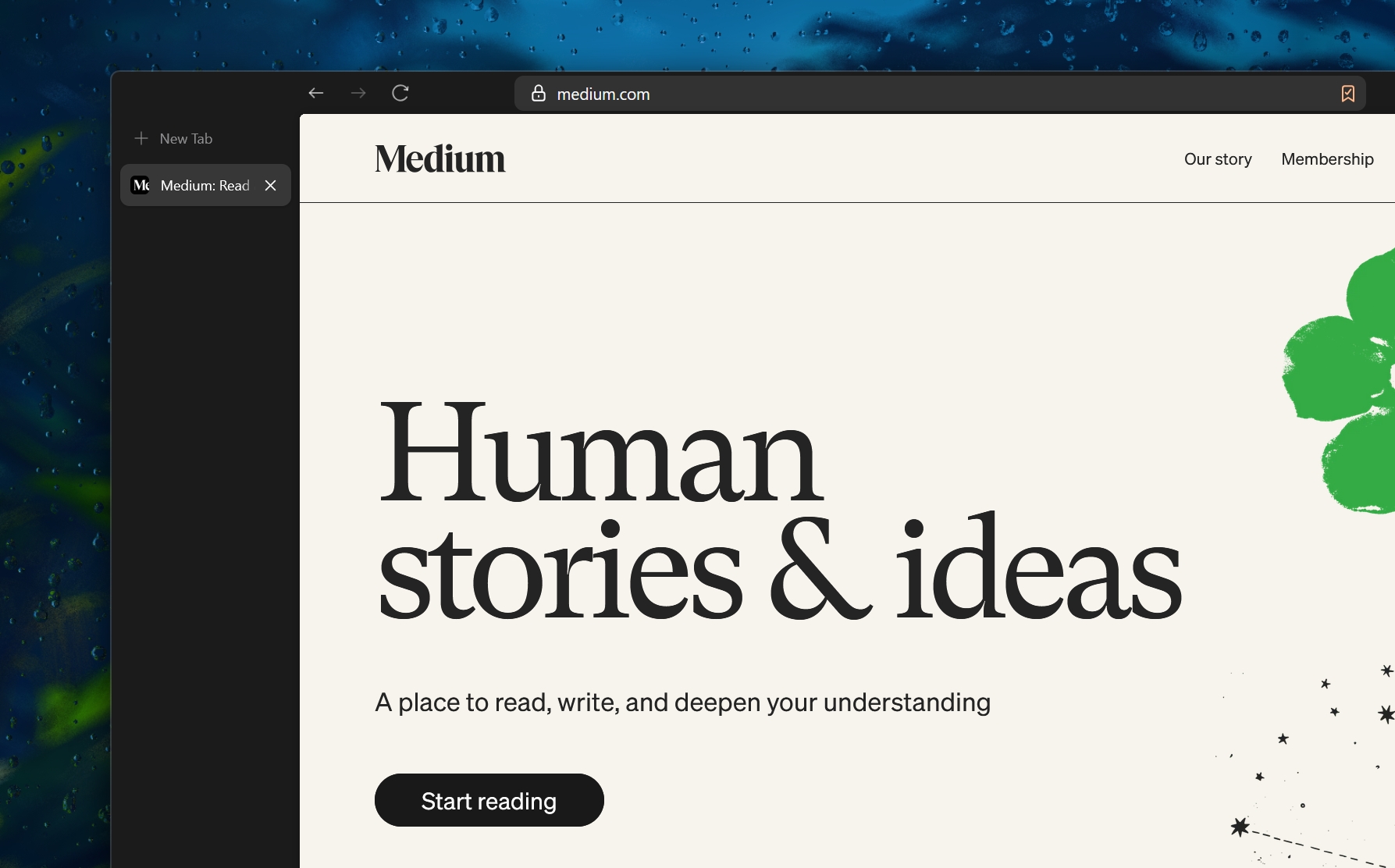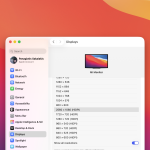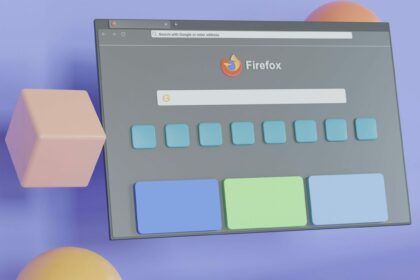Whether you’re looking for a place to read articles, follow individual publishers, and interact with their content, or a tool to start a new blog and earn from your stories, there’s a lot behind Medium that makes it a very strong – and at the same time, a very bad – option.
For over 13 years now, the platform has been the number one stop for millions of visitors every month. With a very minimalistic design that’s easy to navigate, lots of options for readers, and a simple interface for its publishers, Medium figured quite quickly that writers and readers needed a place not only to interact, but to make a few bucks while at it.
But a lot of things changed over the course of its journey. For the past year, for example, many have been reporting that their earnings dropped dramatically, and many publishers have shared their own screenshots from their latest statistics. It’s been a bloodbath for writers who were at least a couple of thousands per month, now making less than what a waiter makes from their tips.
I kinda got interested to learn more, so I had the idea to try Medium for a few months, but as a reader and as a professional writer who is looking to earn from his content.
Already a member on Medium?
If you like what you read, consider hitting that follow button:
But first, if you’re new and you’ve never heard of Medium, let me quickly introduce you.
What is Medium.com?
Developed by Evan Williams and launched in August 2012, Medium has proven that social journalism not only can exist, but it can also be better. It’s a publishing platform where anyone can sign up for an account and either start writing or reading. Professional and amateur writers alike have been using Medium.com to build an audience, make money, and drive more affiliate sales.
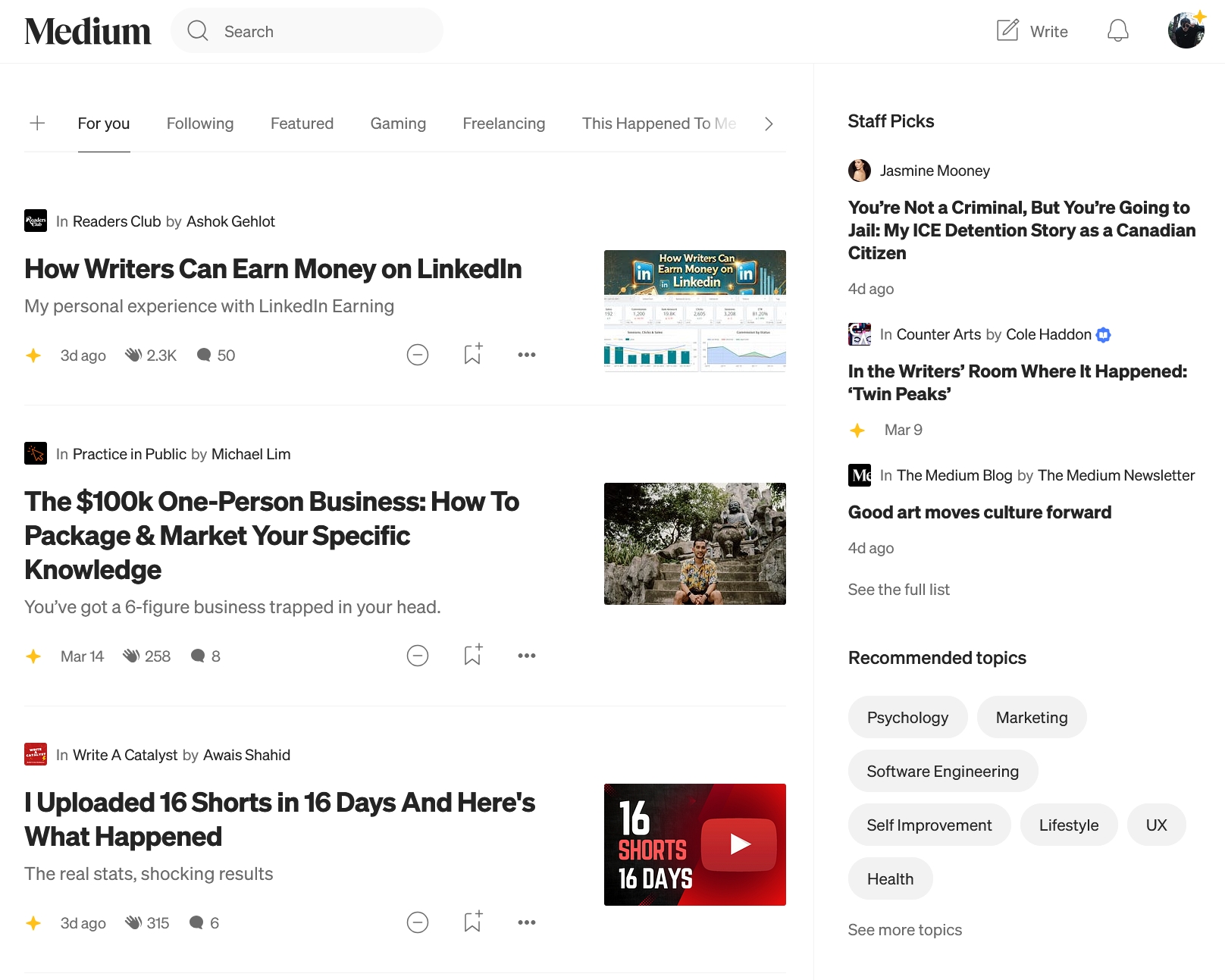
However, it wasn’t built by another programmer, as Evan Williams co-founded Blogger and Twitter, and Medium was the ultimate solution for longer content (at the time, Twitter only allowed tweets with a maximum of 140 characters).
There are currently two pricing plans that you can subscribe to, and once you do, you’ll be able to publish your articles for premium members only, making money each time someone reads them for over 30 seconds (and more if they engage with it).
Members can follow each other, create their own lists filled with selected articles, find the most trending topics, follow specific categories, and basically create their own custom feed. Free members, on the other hand, can read as many articles as they want as long as they are free.
What is the current state of Medium.com?
Today, Medium.com has around 700,000 subscribers who pay for premium content every month, and based on SimilarWeb.com, as of March 2025, it receives over 100 million monthly visits.

Those numbers sound impressive, don’t they? Well, depends on your skills or curiosity to know more about the traffic of a website. Medium’s growth has been steady, and its subscriber base and readership numbers are increasing over time, thanks to its focus on quality writing.
Apart from that, the platform’s pricing plans are fairly cheap for most people, so that’s not keeping most from spending a few bucks per month or even less if they pay annually. Medium is also free from ads, so you don’t have to worry about that, even if you’re a free member.
Of course, like any other online publishing platform, its growth can fluctuate in the near future depending on the market trends and competition. When it comes to the latter, there are many other great alternatives that you can use, including the now well-known Substack. Ghost has also been seen as a great alternative for bloggers who are focusing on writing, and it’s as robust as it gets – but it lacks when it comes to having a feed with articles, members, etc.
Now that I am thinking about it, maybe Ghost should actually create an alternative to Medium, especially by promoting articles from members, giving them a customizable feed, tons of categories to follow, and maybe, a payment system? Am I dreaming too much?
Here’s how much money I made by posting 3 articles on Medium
Let’s get to the chase, shall we? How much money can you actually earn from your articles? Well, there are many members who are currently posting their revenue, but let me show what I made by publishing 5 articles for premium members only:
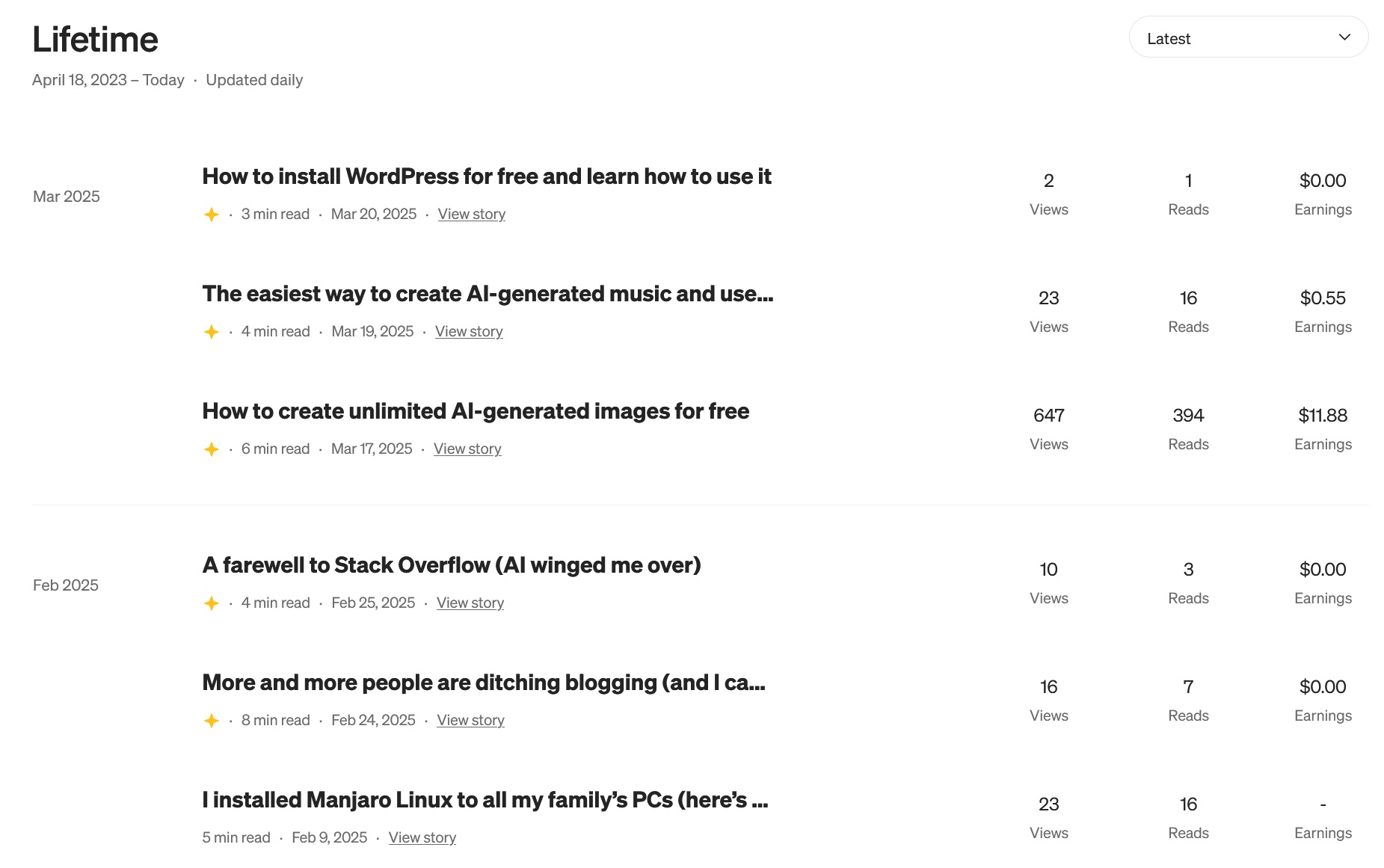
The article that made the most money was about creating unlimited AI-generated images for free (basically a short guide). It made a total of $11.88 and continues to make money as more members are adding it to their lists.
With so few articles, I immediately knew exactly where to focus and what people wanted. So I’ll keep publishing on the platform, and I’ll be posting my earnings here.
Now, that’s not a bad amount considering that I just made two months of the cheapest plan on Medium, which means I got the money that I spent back.
What amazed me even more is that this article made that much money so early. Usually, writers on Medium try to publish in other people’s Publications, and usually in those with the most subscribers. Now, doing so, you’re actually sharing some of the revenue with them, but you get to be seen possibly by thousands of people.
I thought going solo at first was the best way to go. I wanted to publish a few articles first and make my profile more appealing. At the same time, I wanted to know more about the platform’s tools, statistics, and its members’ interests. When all that’s done, I’ll take my chances and publish a few in some well-known Publication.
How to Start with Medium in 2025
Getting started with Medium is fairly easy, and it should take you a few minutes to get things done. Now, registering is the easy part, and you can choose to create a new account either with your email address, Google, Facebook, or X (Twitter) accounts.
If you want to post your articles for premium members and make money, you’ll have to get one of the two premium plans. If you don’t want to invest for a whole year, you can get the cheapest plan and start with only $5,00, which is cheap enough for most.
But first, to be able to apply for premium content, you’ll have to meet the requirements:
- Be a Medium member.
- Have published at least one story on Medium in the past 6 months.
- You are located in a supported country.
- You are 18 years of age or older.
Once you meet those, you can apply to Medium’s Partner Program and start publishing articles explicitly for the platform’s premium members.
How and when does Medium pay its members?
When it comes to getting paid, the platform states that they “typically send payouts by the 10th business day of the following month. After payouts have been sent, it may take an additional 5–7 business days for the funds to appear in your bank. Earnings are non-binding.”
Now, to get paid, you need a Stripe account. Medium only supports this payment method, but thankfully, it’s pretty easy and quick to register and get a digital bank account.
But how does Medium count how much money each member will be paid based on their views? The platform states that they’re counting based on four different main factors:
- Read Time: If a premium member reads your story for over 30 seconds or more, you’ll get paid. You’ll continue to earn more the longer they keep reading.
- Interactions: The more claps, highlights, replies, and engagement your story has, the more you’re gonna earn.
- Follower Bonus: If members follow you and continue reading and interacting with your stories, you’ll get a follower bonus.
- Boost Bonus: “Stories that are Boosted will also earn more for each read and interaction.”.
With that said, high-quality long reads can actually make more money on the platform as long as they’re good enough to make members interact and share them across Medium. Not that short stories can’t generate lots of earnings, but the more they stay and interact, the better.
Should you start a self-hosted blog or go with Medium?
I deeply believe that every writer should have his own self-hosted blog. This is your space with your rules, and your work is safe. When you’re using a third-party online publishing platform, you’ll have to play by their own rules, follow their instructions, and truly be positive about its future.
The problem with publishing platforms like Medium or Substack is that, whatever happens, you have no control. If Medium starts paying less money to creators, you can’t do anything about it, and if you get blocked because their bots added you to the spam list, you’re out of luck.
This is exactly what happened with my Substack account. The platform blocked my account after posting an article that they found that wasn’t following their rules (which is not true), and when I contacted them and asked them to review the article, they answered me a few weeks later saying that the block was permanent.
Having a self-hosted blog is important, especially if it goes viral and you start earning money, in which case you’ll be keeping 100% of those earnings. Medium, Substack, and other third-party publishing platforms are great for promoting your content, building an audience in multiple places, and potentially driving traffic to your own blog.
Creating a self-hosted blog is also fairly easy and cheap nowadays, and you can log in to your new blog in less than 5 minutes.
With all of that in mind, Medium is a great and very popular online publishing platform that’s worth using and publishing, but keeping a backup of all of your content in your own blog is always the preferred way to go (even if you have them in drafts, you know, just in case).
Have you ever used Medium? And if so, what did you like and hate the most? Do you have your own self-hosted blog? Let me know in the comments down below.





